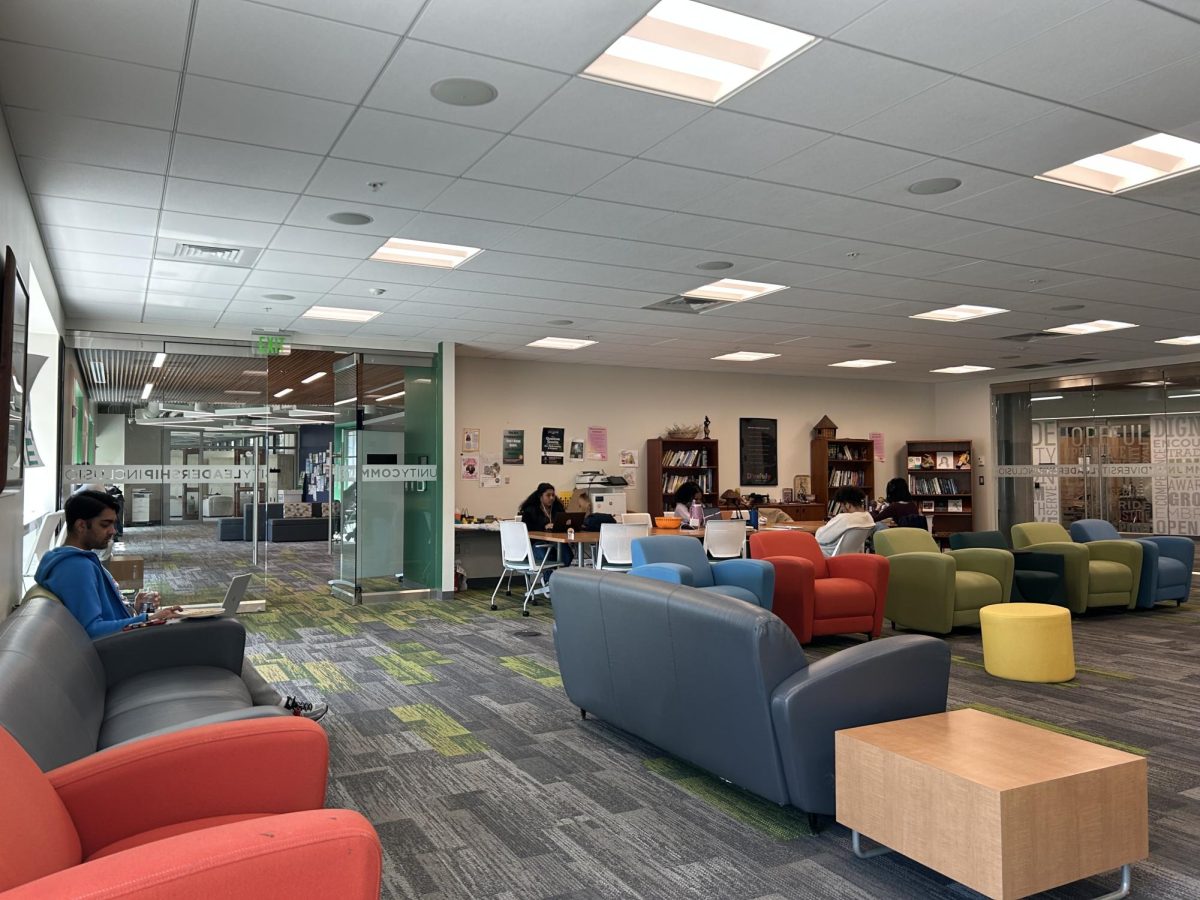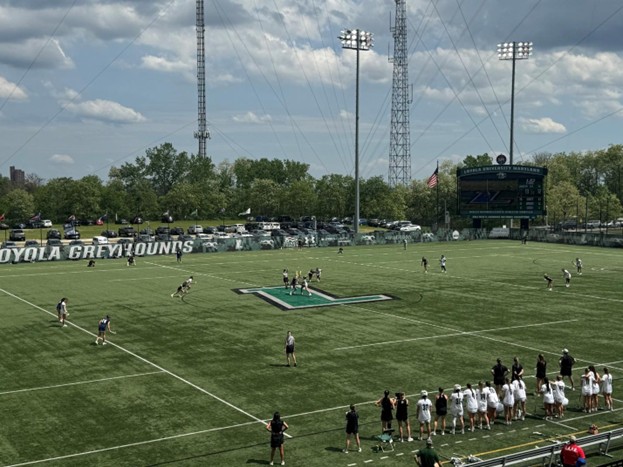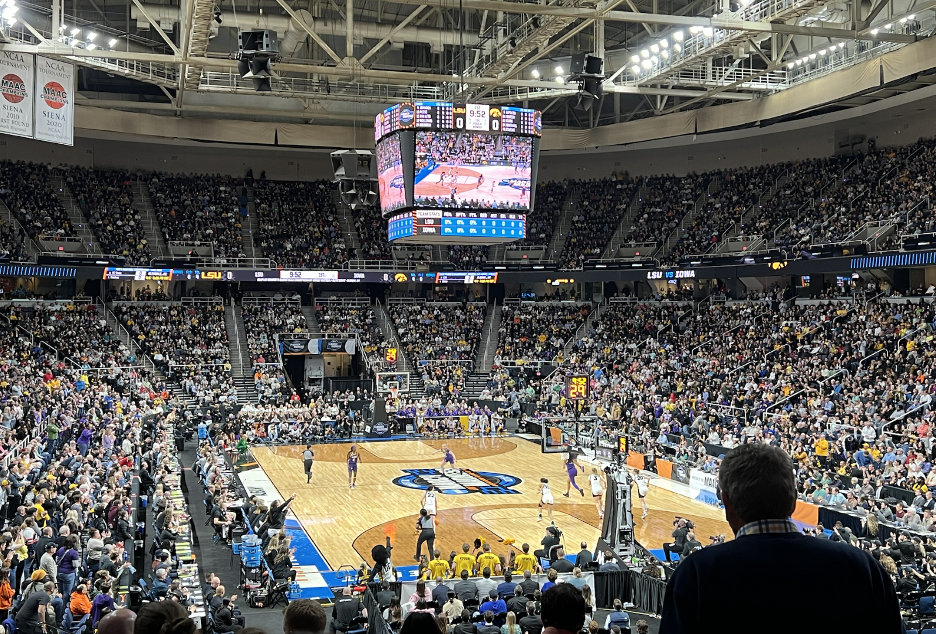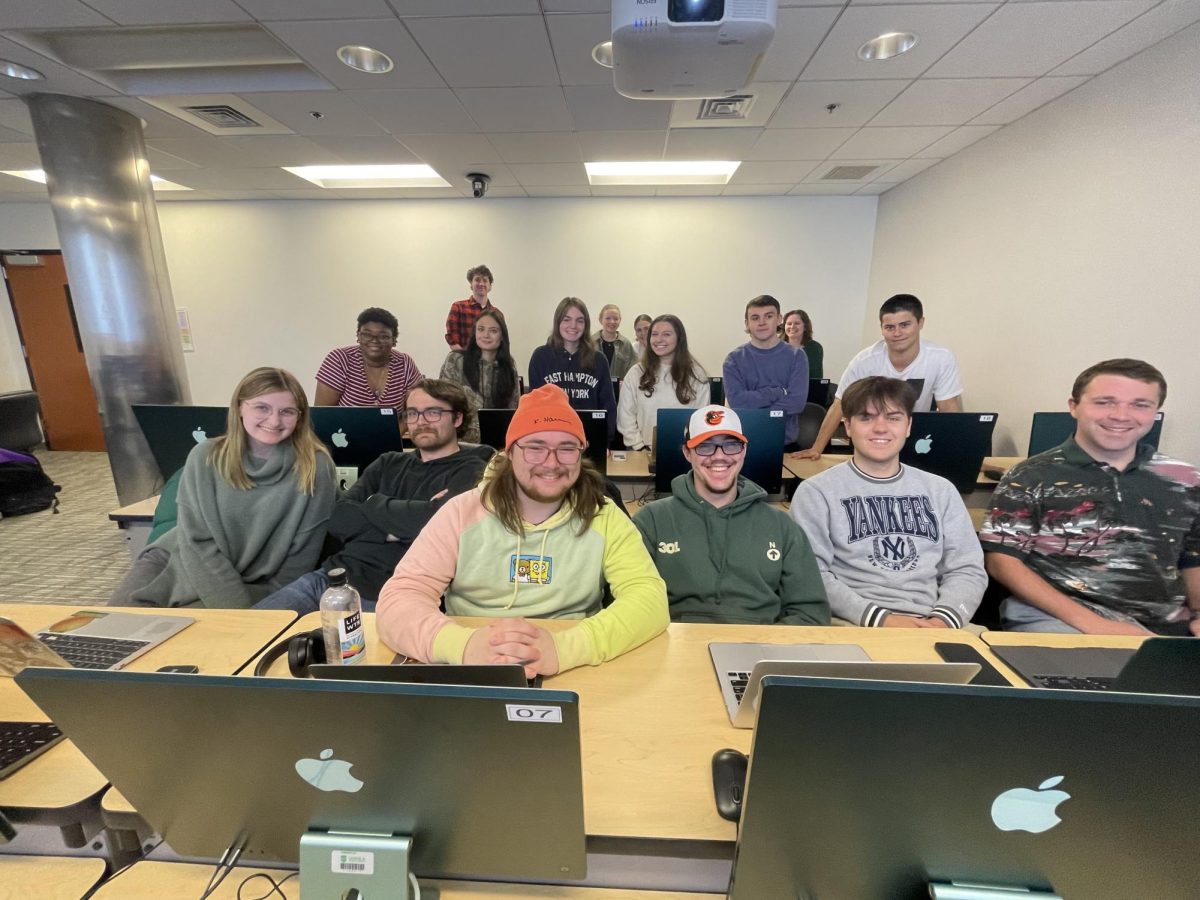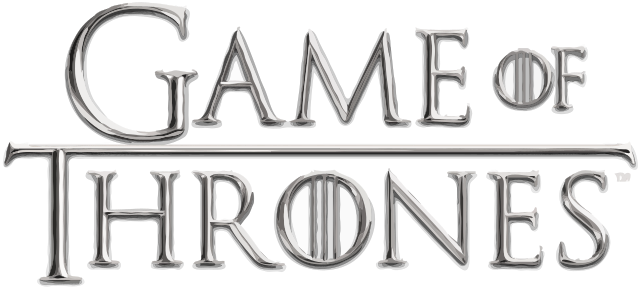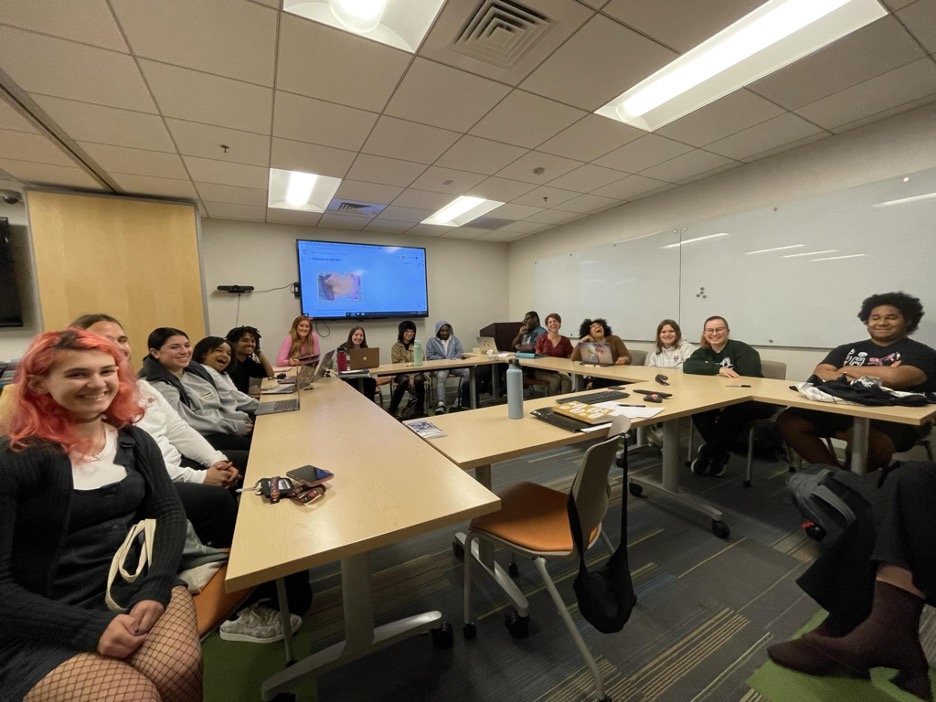President Terrence Sawyer and the rest of the Strategic Planning Committee held a town hall meeting in McGuire Hall on Jan. 30 to discuss Loyola’s future. As the previous plan, the “Ignatian Compass,” comes to an end, the planning committee is working hard to roll out an updated plan that benefits Loyola’s entire community.
Sawyer said, “This plan, if we do it right, is going to help us determine and resolve together, ‘what’s our identity and where are we going?’”
Through over 1,200 surveys and 454 community engagement sessions, the committee has garnered a plethora of data from Loyola students, faculty, and staff. The data is used to dictate the wants and needs of the community, information which will be used to guide the planning process.
Speaking on behalf of the planning board, Sawyer said, “What we’re going to share today isn’t my work, it’s not my plan… it is your plan.”
Many participants agreed on Loyola’s current strengths and what the plan should prioritize. Participants agreed three of Loyola’s greatest strengths are the people, a high-impact learning experience, and career outcomes for students. Participants were also in agreement on opportunities for improvement that Loyola should pursue. One area included improving the living and learning environment for students, which would involve focusing on student health and wellbeing. Another area was maximizing talent development of students.
The team’s lead data analyst, Frank Golom, said, “Where there was the most agreement across constituent groups for opportunities was building a culture of intentional inclusion and belonging.”
The planning committee feels that building a culture of intentional inclusion requires continuing to build Loyola’s identity through its Jesuit values and feedback from community members.
“The strategic planning committee felt strongly that the community data, external data, and our own Jesuit commitment to diversity, equity, inclusion, and justice meant that it had to be at the center of everything we consider for this plan,” Sawyer said.
This is all a part of Loyola’s aim to create the best experience possible for its community and make it a place of transformation for those involved. According to Sawyer, the purpose of the strategic plan is to bring that mission to life.
“Loyola is a Jesuit Catholic university. We are committed to the educational and spiritual traditions of the society of Jesus and to the ideals of liberal education and the development of the whole person,” Sawyer said.
The Strategic Planning committee is not the only group dedicated to bringing Loyola’s mission to life. Loyola’s student government is also dedicating a lot of time to help create a bright future. Part of that future includes creating a specific identity for Loyola that makes the school stand out among others. Vice president of the senior class, Jack McCormick ‘23, feels strongly about Loyola’s values and has spent years helping build a proud Loyola identity.
“I think it can be difficult at times for students to identify themselves with the school Loyola Maryland, but I think it’s easy to identify with the people,” McCormick said.
A backbone of Loyola’s identity is cura personalis, the idea of caring for the entirety of oneself. Student Government representative Alexa Junikiewics ‘24 stated that cura personalis will continue to help mold Loyola’s identity.
“There’s a lot of opportunity ahead of us to focus on ‘cura personalis’ even more than we already do. I think part of that comes from tradition, having fun on campus and showing students this isn’t just a place for academics, but this is a home where we can grow and learn to love and serve, as part of our mission statement.”
While the Strategic Planning Committee continues its effort to finalize Loyola’s new Strategic Plan, anyone with input is encouraged to share their ideas. Individuals with ideas can submit them here on Loyola’s website.
Featured Image Courtesy of Eli Falconer.









